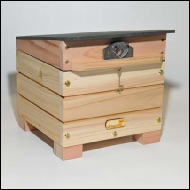



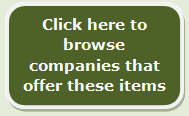






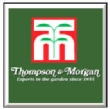

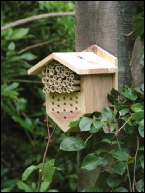
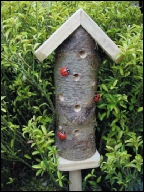




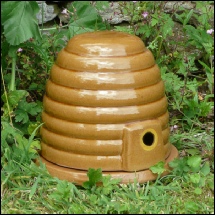

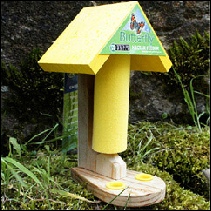



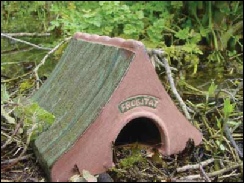



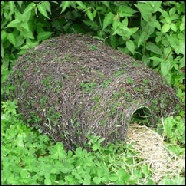



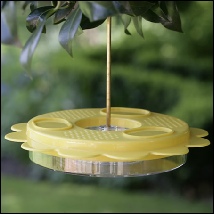

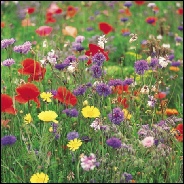
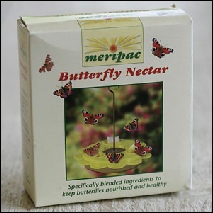

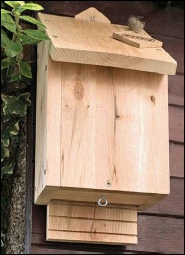

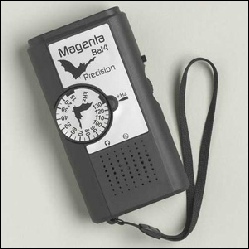

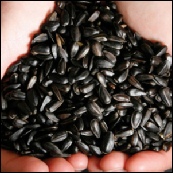

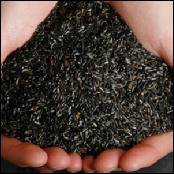
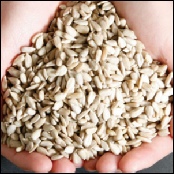




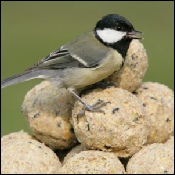
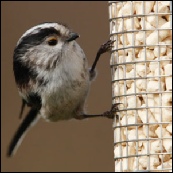
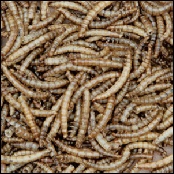
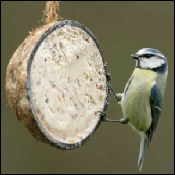




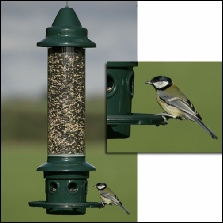
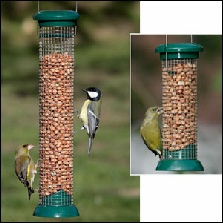


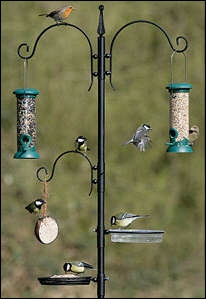

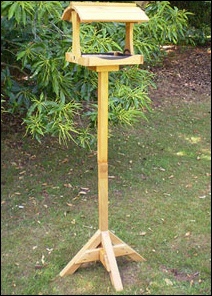



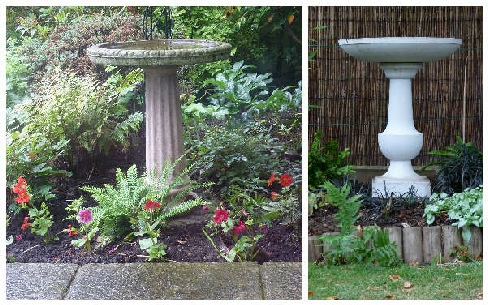
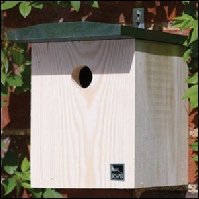
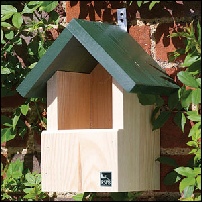
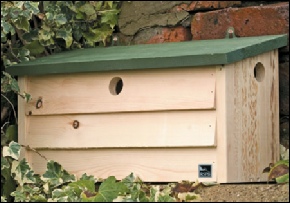






Wildlife habitats are gradually disappearing as we increase our share of the space that is available on our planet.
Most gardeners recognise that we need to maintain a diverse population of wildlife if our gardens and plots are to flourish.
Not ALL insects are pests. Without the many pollinating insects we would struggle to produce many of the crops that we enjoy especially fruits. Many insects and birds also join forces with us to keep plant pests at bay.
To encourage biodiversity means that we can cut down (if you still can't bear to cut out altogether), the use of chemicals. This is not only good for the environment but also for us.
Not all caterpillars feed on our crops, many feed on wild plants such as nettles and the adult butterflies that they become not only are beautiful to watch but also are useful pollinators.
Wildlife greatly enhances our enjoyment of the outdoor life - what gardener doesn't enjoy listening to birdsong whilst tending their plots. Support our wildlife and it will repay you with many hours of enjoyment! Click here to read how we encourage biodiversity on our plot and in our garden.
All creatures need food, water and somewhere to shelter and raise their young. You can encourage wildlife to your garden or plot by providing all three conditions. On your plot you probably won’t want to buy anything special and so will need to provide the conditions naturally. My article on biodiversity may give you some idea.
In the garden it is another matter as you may want to have something that looks decorative as well as functional.
Supporting Minibeasts
Food for some of your beneficial minibeasts will be readily available. The unwelcome bugs and insects that will be feasting on your plants will provide a ready meal. For the minibeasts that feed on pollen and nectar you can add pollen and nectar rich flowers to your garden. More information here.
If you have a suitable area you could grow a selection of native flowers that would be appreciated. Some seed companies offer special mixes.
Shelter again will be available naturally. Minibeasts will colonise any nooks and crannies that they can find but it can be interesting to set up purpose made shelters that you can keep a watch on. We have a home made solitary bee motel but there are also products available commercially. Read more about minibeast here.
Supporting Amphibians
One of the best things that you can do for amphibians (and some birds and mammals too) is not to use slug pellets. Vets also claim that many poisonings of family pets is down to over-use of slug pellets. Try to combat slugs using one of the methods suggested here. The wildlife attracted to your garden will help control slugs but no method will ever eradicate them.
Amphibians need water in which to breed so having even just a small area of water in your garden will attract them. Amphibians will find it easy to get into water but you should ensure that they also have an easy way back out again. After breeding most amphibians will leave the water and spend most of there time on land so they will need somewhere to hide. Log piles or compost heaps provide ideal hiding places. During winter amphibians may return to the pond to hibernate or they may hibernate under logs or stones or in a compost heap. Read more about amphibians here.
Supporting Garden Mammals
It may well be that some mammals aren’t very welcome in the garden but one that all gardeners should welcome is the hedgehog.
Hedges especially ones containing native shrubs are ideal for attracting wildlife. If you haven’t space for a hedge then a shrub border is a good substitute. Small mammals will use shrubby areas fro shelter and for foraging. Any leaves that fall from deciduous tress and bushes will also provide shelter and foraging if left on the ground instead of being swept away. If the leaves are piled under shrubs they will not be unsightly and will enrich the soil when they decay.
If your garden is too closely fenced then hedgehogs may have difficulty getting in to pay you a visit so if possible leave gaps under your fencing so they can squeeze through.
You can supplement the hedgehogs food supply by leaving out special dry hedgehog food and they will also visit the base of bird tables to tidy up any food spilled by birds. They will also eat tinned cat, dog, puppy or kitten food. But not fish flavours. They seem to like chicken flavours best. If you do leave out pet food then you need to pop it under some sort of structure that the hedgehog can get under but not the neighbours cats. You can also buy special hedgehog food
Hedgehogs also need to drink plenty of water so provide dish on the ground. Don’t give the hedgehog milk as it upsets their tummies.
Bats are also gardener’s friends as the will consume a large quantity of insects. Just one tint pipistrelle bat can eat up to 3000 insects in one night and these will often be the midges and gnats which are such a nuisance.
A garden pond will help attract bats to your garden. Also try to plant some that have flowers that give off a perfume at night time.
They also need places to shelter during the day. In the absence of large trees you could consider a bat box.
If you do manage to attract bats then you may like to invest in a bat detector.
Supporting Birds
Since we started to provide a wide variety of food and feeding locations we have noticed that we not have a far more varied collection of birds visiting and it greater numbers.
Birds also benefit from many of the methods of attracting mammals. Some love ferreting amongst dead leaves and foraging under shrubs. Birds also like to have places where they can fly to safety when threatened by danger on the ground or in the air.
Different species of birds feed on different foods and in different ways. We provide a range of feeders, some have perches and some require the birds to cling to the sides. We provide sunflower hearts - loved by all birds, seeds mixes, fatty nibbles - blackbird and robins love these as do members of the tit family, peanuts, niger seed - loved by goldfinches and siskins, dried mealworms- again blackbirds and robins love these and fat balls. Food shouldn’t be provided in the net bags that much of it is sold in as these pose a danger to birds as their claws can become entangled.
You can also make your own bird cake see here.
Above are just some of the foods that we know our birds love. More types of food are available at the RSPB website.
At one time we were told that we shouldn’t feed the birds in spring when they were raising their young but now the BTO and RSPB say that we should feed the birds throughout the year but maybe vary the diet during different seasons.
As well as providing food in feeders we also have bird tables and a ground feeding table which is also visited by hedgehogs. The ground table is located under one of the hanging feeders and catches some of the food which falls from the feeder. Below are just some of the feeding methods we use but there many many types of feeders available.
Some of our feeders are hung in trees but we also have a pole specially designed to hold several feeder. More food is provided on a ground feeding station and home made bird tables.
As well as food bird need to provided with a constant supply of fresh water both for drinking and bathing. This is specially important in winter when much available water is frozen. We have several bird baths but also have saucers of water at ground level which again are also visited by hedgehogs.
Our bird bath double as decorative features in our garden but birds and other animals will take water from any available container.
Make sure at least some water is available at ground level so hedgehogs have access to water too.
The links on the side panel on the left are to companies that have products available that you can use
Lots of natural bird nesting sites have been lost and so you can help by providing nesting boxes. Generally speaking birds are not too concerned about the look of a nesting box. We have found that they like to have a nearby perch from which they can fly to the box.
Nest boxes need to be sited high enough so that ground predators can’t reach them. Ours are on our house wall facing east. Being east facing the box is neither subject to full sun nor driving rain.
Some birds are hole nesters and the size of the hole will give access to different species of birds. Other birds such as robins nest an open fronted nest. We have also a couple of sparrow terraces which are basically three nesting boxes in one. The idea is that sparrows being communal nesters will adopt this type of box. In our garden though the occupants have been either blue tits or great tits.
